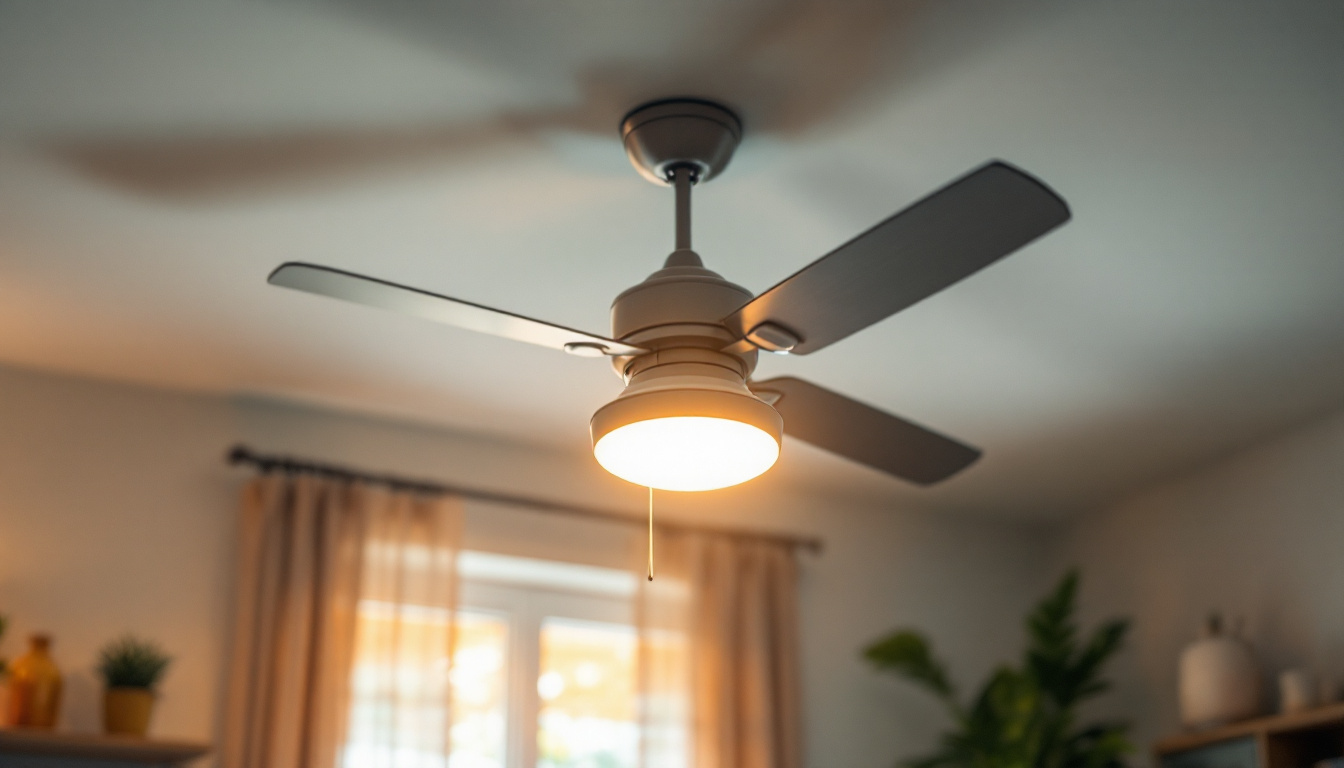
outdoor solar path lights: The Essential Checklist for Lighting Professionals
As the demand for sustainable and energy-efficient lighting solutions continues to grow, outdoor solar path lights have emerged as a popular choice among homeowners and businesses alike. For lighting professionals, understanding the intricacies of these fixtures is essential for successful installations and satisfied clients. This comprehensive checklist aims to equip lighting contractors with the necessary knowledge to navigate the world of outdoor solar path lights effectively.
Before diving into the specifics of solar path lights, it is crucial to grasp the underlying technology that powers these fixtures. Solar energy harnesses sunlight through photovoltaic cells, converting it into electricity. This electricity charges the batteries that power the lights during nighttime. The efficiency of this conversion process has improved significantly over the years, allowing for more compact solar panels that can generate sufficient power even in less-than-ideal sunlight conditions. This advancement makes solar technology more accessible and practical for a variety of applications, from residential gardens to commercial landscapes.
Typically, outdoor solar path lights consist of several key components: the solar panel, battery, LED light source, and the fixture itself. Each element plays a vital role in the overall performance and efficiency of the lighting system. The solar panel collects sunlight during the day, while the battery stores this energy for use at night. LED lights are favored for their longevity and energy efficiency, providing bright illumination without excessive power consumption. Understanding these components will aid professionals in selecting the right products for their projects. Additionally, many modern solar path lights come equipped with smart technology, allowing users to control brightness levels and even set timers, enhancing both convenience and energy savings.
Moreover, the materials used in the construction of these components can greatly affect their durability and performance. For instance, high-quality solar panels are often made from tempered glass and durable plastics that can withstand harsh weather conditions, while batteries may vary in type, with lithium-ion batteries offering longer life spans and better performance compared to traditional nickel-cadmium batteries. This knowledge is essential for ensuring that the solar path lights chosen will not only meet aesthetic needs but also stand the test of time in various environmental conditions.
There are various types of solar path lights available, each designed for specific applications and aesthetic preferences. Some common options include stake lights, wall-mounted fixtures, and bollard lights. Stake lights are often used for lining pathways, while wall-mounted fixtures can enhance the appearance of patios or decks. Bollard lights, on the other hand, are ideal for larger areas, providing both illumination and a decorative element. Additionally, some solar path lights come with motion sensors, which can enhance security by illuminating only when movement is detected, thus conserving energy when not in use.
When advising clients, it is essential to consider the intended use of the lighting, the surrounding landscape, and the desired visual impact. This will ensure that the chosen solar path lights complement the overall design while fulfilling functional requirements. For instance, in a garden setting, softer, warmer light tones may be preferred to create a cozy atmosphere, while in a commercial space, brighter, cooler lights can enhance visibility and safety. Furthermore, the integration of solar path lights into landscape design can also promote sustainability, as they reduce reliance on traditional electrical sources, aligning with eco-friendly practices that many homeowners and businesses are now prioritizing.
Proper installation is critical to maximizing the performance of solar path lights. Lighting professionals must be aware of several factors that can influence the effectiveness of these fixtures.
The placement of solar path lights is paramount. Ideally, they should be installed in areas that receive ample sunlight throughout the day. Obstructions such as trees, buildings, or fences can cast shadows and reduce the amount of sunlight the solar panels receive, resulting in diminished performance.
When planning the layout, consider the spacing between lights as well. A common guideline is to place lights approximately 6 to 8 feet apart to ensure even illumination along pathways. This not only enhances safety but also creates a visually appealing environment.
The ground conditions where the lights will be installed can significantly impact the installation process. Soft soil may allow for easy staking of lights, while hard or rocky ground may require additional tools or methods for secure placement. In some cases, it may be necessary to use concrete bases for added stability, especially in windy areas.
Additionally, consider the potential for water accumulation. Areas prone to flooding or pooling water may require elevated fixtures or drainage solutions to prevent damage to the solar components.
While solar path lights are generally low-maintenance, periodic upkeep is necessary to ensure optimal performance and longevity. Lighting professionals should educate clients about the importance of maintenance to prevent common issues.
Dust, dirt, and debris can accumulate on solar panels, obstructing sunlight and reducing charging efficiency. Regular cleaning with a soft cloth and mild soap can help maintain optimal performance. It is advisable to check the lights at least twice a year, especially after seasonal changes, to ensure they are clean and functioning properly.
In addition to cleaning the solar panels, inspect the fixtures for any signs of wear or damage. Replacing worn-out batteries or LED bulbs promptly can prevent further issues and ensure that the lights continue to operate effectively.
Seasonal changes can affect the performance of solar path lights. In regions with harsh winters, snow accumulation can block solar panels, while shorter daylight hours may reduce charging time. Lighting professionals should advise clients to adjust the positioning of their lights or consider using models with larger solar panels or batteries to accommodate these changes.
Moreover, during fall, leaves may obstruct sunlight from reaching the solar panels. Regularly clearing fallen leaves and debris will help maintain efficiency throughout the year.
With a plethora of solar path light options available in the market, selecting the right products can be overwhelming. Lighting professionals must be equipped with the knowledge to make informed decisions that align with client needs and project specifications.
When evaluating solar path lights, prioritize quality and durability. Look for products constructed from weather-resistant materials that can withstand various environmental conditions. Stainless steel, aluminum, and high-quality plastics are often preferred for their longevity and resistance to rust and corrosion.
Additionally, consider the warranty offered by manufacturers. A longer warranty period can be indicative of the product’s quality and the manufacturer’s confidence in their offering.
Brightness is a crucial factor when selecting solar path lights. Measured in lumens, the brightness level should be appropriate for the intended use. For pathways, lights typically range from 50 to 200 lumens, providing sufficient illumination for safe navigation without being overpowering.
Color temperature also plays a significant role in the overall ambiance. Warmer color temperatures (2700K-3000K) create a cozy and inviting atmosphere, while cooler temperatures (4000K-5000K) can offer a more modern and energetic feel. Understanding the desired aesthetic will guide professionals in making the right choice for their clients.
Compliance with local regulations and safety standards is paramount for lighting professionals. Ensuring that outdoor solar path lights meet these requirements not only protects clients but also enhances the reputation of the contractor.
Before installation, familiarize yourself with local building codes and regulations regarding outdoor lighting. Some municipalities may have specific guidelines regarding light pollution, brightness levels, or fixture placement. Adhering to these regulations is essential to avoid potential fines or required modifications after installation.
Additionally, consider any homeowner association (HOA) guidelines that may apply. Some communities have strict aesthetic standards that could influence the choice of solar path lights.
Safety is a top priority when installing outdoor lighting. Ensure that the fixtures are securely anchored and positioned to prevent tripping hazards. Furthermore, consider the impact of light pollution on the surrounding environment and wildlife. Opt for fixtures that minimize glare and direct light downward to create a safe and pleasant atmosphere.
Educating clients about the importance of safety in outdoor lighting will not only enhance their satisfaction but also establish trust in the contractor’s expertise.
Effective communication with clients is vital throughout the entire process, from initial consultation to post-installation support. Lighting professionals should prioritize educating clients about their solar path light options and the benefits of solar technology.
Clients may have questions about the efficiency and reliability of solar path lights compared to traditional lighting options. It is essential to explain the benefits of solar technology, including energy savings, reduced carbon footprint, and minimal maintenance requirements. Highlighting these advantages can help clients make informed decisions and feel confident in their investment.
Provide clients with information on how solar path lights work, including the charging process and the expected performance during different seasons. This transparency fosters trust and helps manage expectations.
After installation, maintaining open lines of communication is crucial. Encourage clients to reach out with any questions or concerns regarding their solar path lights. Providing ongoing support can enhance client satisfaction and lead to potential referrals for future projects.
Consider offering a follow-up visit after a few months to assess the performance of the lights and address any issues that may arise. This proactive approach demonstrates commitment to quality service and client care.
Outdoor solar path lights present a unique opportunity for lighting professionals to provide sustainable and aesthetically pleasing solutions for their clients. By understanding the technology, installation considerations, maintenance requirements, and product selection, contractors can ensure successful projects that meet client expectations.
Furthermore, prioritizing regulatory compliance, safety, and effective communication will enhance the overall client experience. As the trend toward energy-efficient lighting continues to grow, staying informed and adaptable will position lighting professionals for success in the evolving market of outdoor solar path lights.
Ready to elevate your lighting projects with the best in solar path lighting? At LumenWholesale, we’re committed to providing lighting professionals like you with superior, spec-grade lighting products at unbeatable wholesale prices. Discover our extensive selection of reliable, high-performance lighting that meets the highest industry standards. With free shipping on bulk orders, you can trust that you’re getting premium quality at the best value, without any hidden fees or compromises. Make your next project shine and experience the convenience of shopping with LumenWholesale. Wholesale Lighting at the Best Value.

Discover the ultimate guide for lighting contractors on pole lights LED technology.

Discover the ultimate guide to selecting the perfect LED lights for high hats with our essential checklist tailored for lighting professionals.

Discover the essential facts about lantern outdoor light fixtures that every lighting contractor needs to know.

Discover how replacing ceiling fan lights can significantly boost safety in your home.